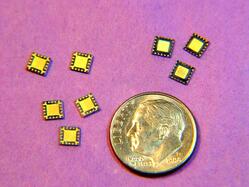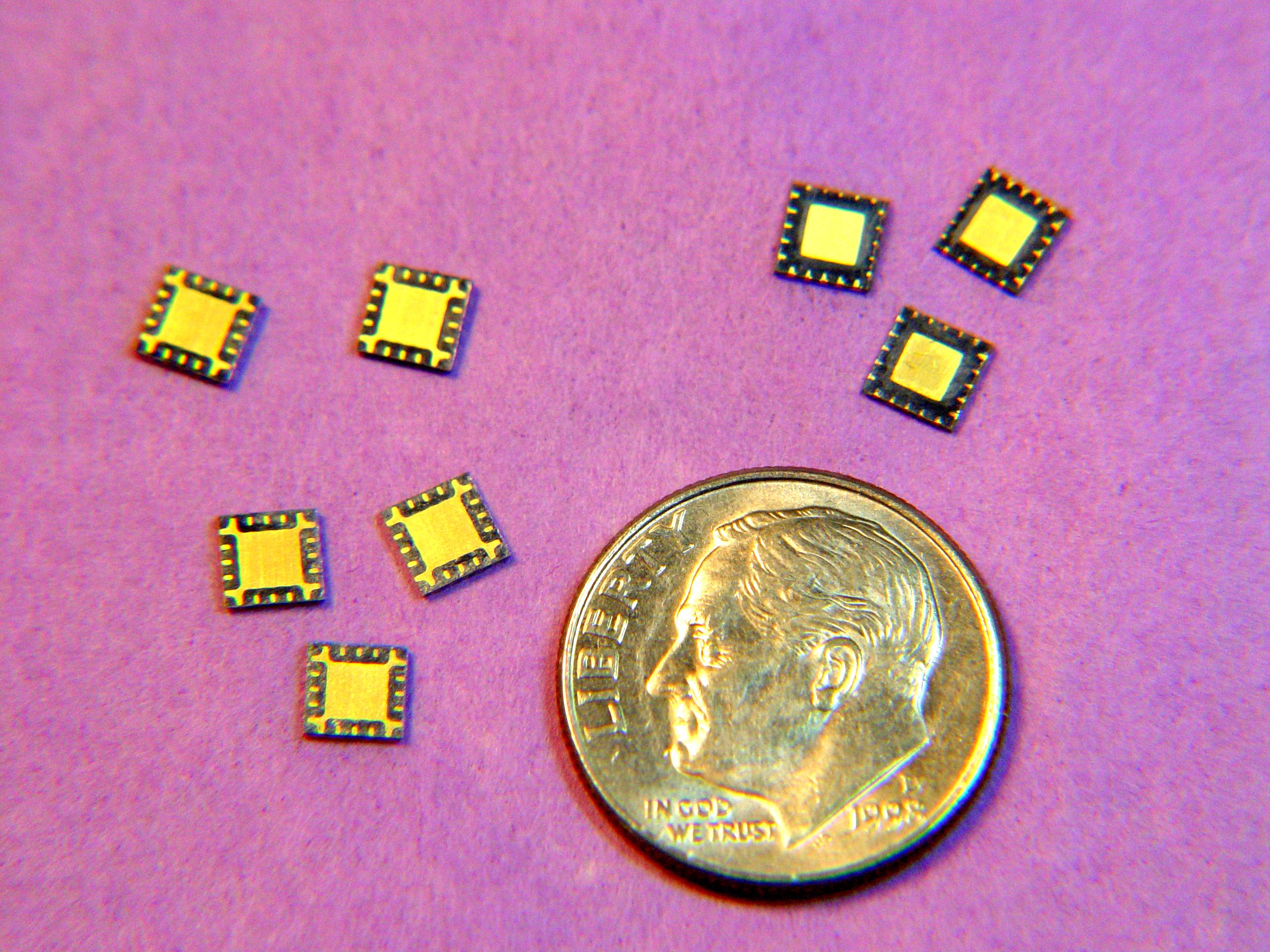10 Things MY Boss Wishes You Knew About Photo Chemical Machining
Published by
Kathleen Stillman
on
My boss has forgotten more about photo chemical machining than I will ever know. But, there are some things about photo etching that he thinks would make your life easier.
- Photo etching works with many metals, including a wide variety alloys of iron, nickel, copper, aluminum; as well as molybdenum and silver. Here's a more comprehensive list. If your metal of choice is not on this list, ASK ME.
- Photo chemical machining is effective for metals as thin as .0005" (really). And is also suitable for nickel/iron *("white metals") up to .040"; copper alloys ("red metals") up to .065" and aluminum up to .080".
- Photo etching does not alter the characteristics of the metal. There are no thermal or mechanical stresses applied during photo etching. Therefore, the process is not subject to Nadcap.
- Photo etching can produce parts as small as .020" diameter and our equipment can process parts up to 24" x 60".
- Phototools are pieces of Mylar film and are only exposed to light. Therefore, there is no "tool wear" in photo etching. What is actually cutting the metal is etchant. Therefore, SPC doesn't apply.
- Photo etching can make holes as small as .004" (100 microns) in .002" (50 micron) metals. The important thing is that the holes have to be larger in diameter than the metal thickness.
- We only charge you for the first hole. The rest of them are free. One hole or a million...it's all the same to us.
- Photo etching costs less when your dimensional tolerances are more generous. Bigger tolerances mean bigger sheets, less labor and lower costs. This white paper explains why.
- Chemical etching is great at weird shapes. The cost is in the "real estate".
- Conard has specialized in photo etching since 1965

To learn more about the etching process, please download our FREE Comprehensive Guide to Photo Etching.



